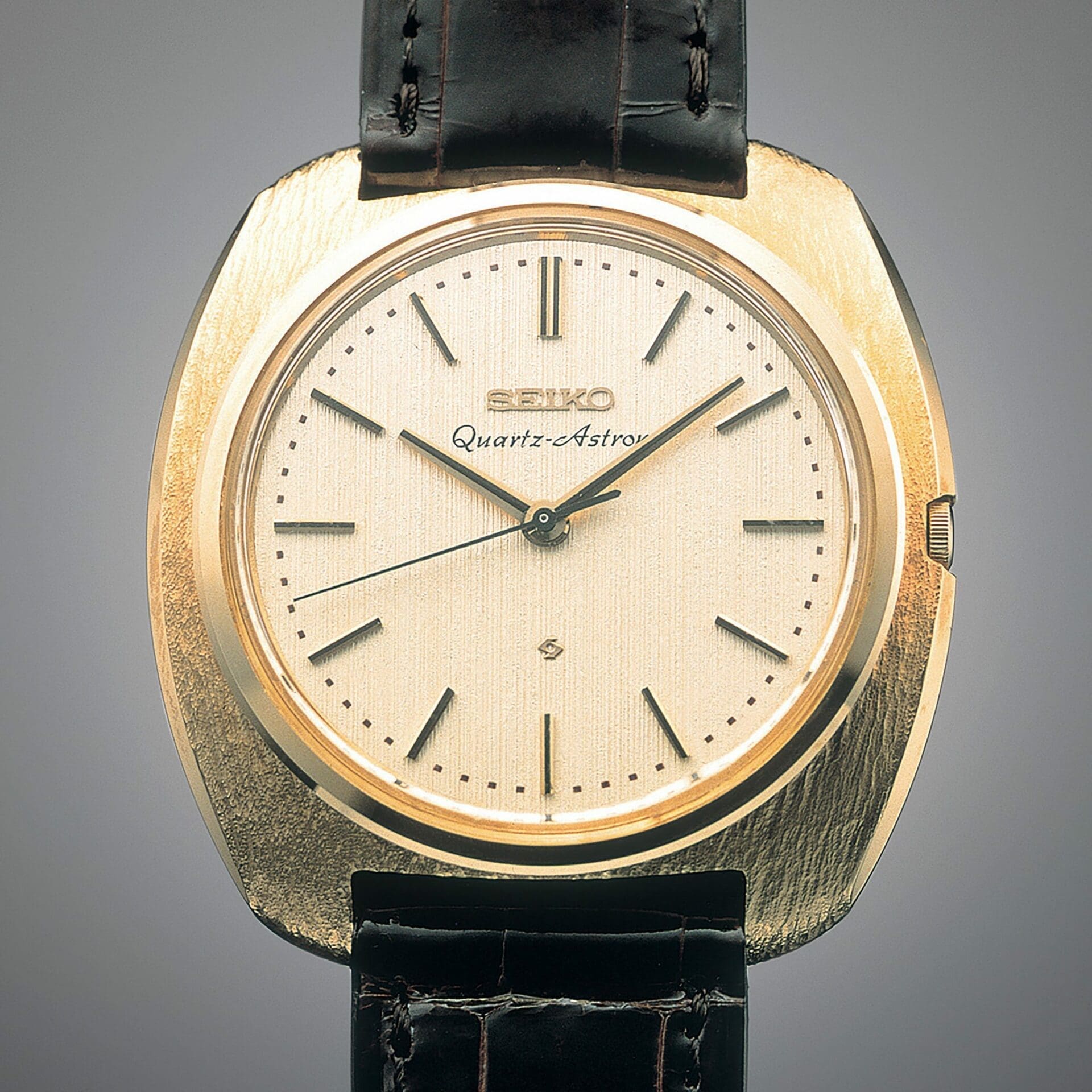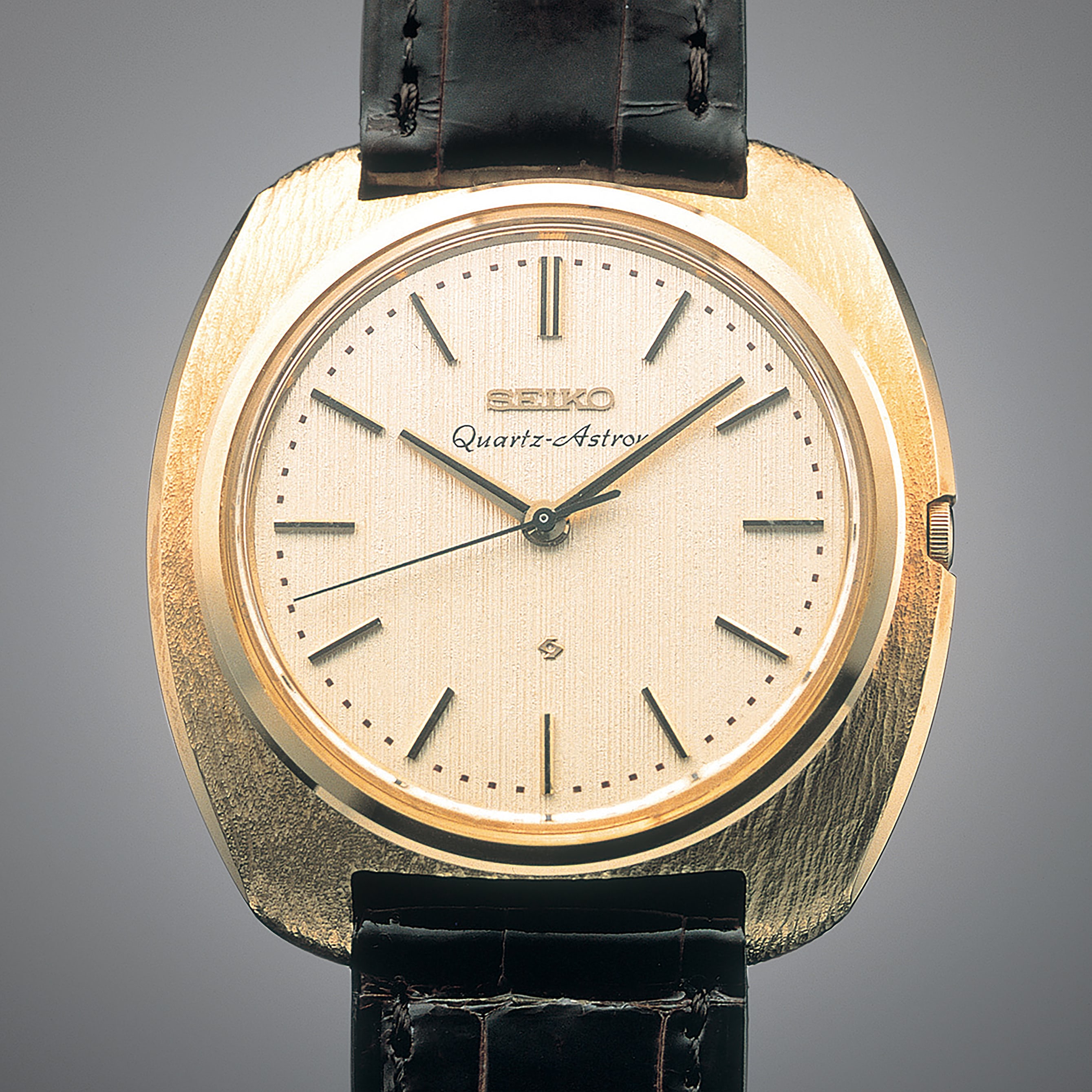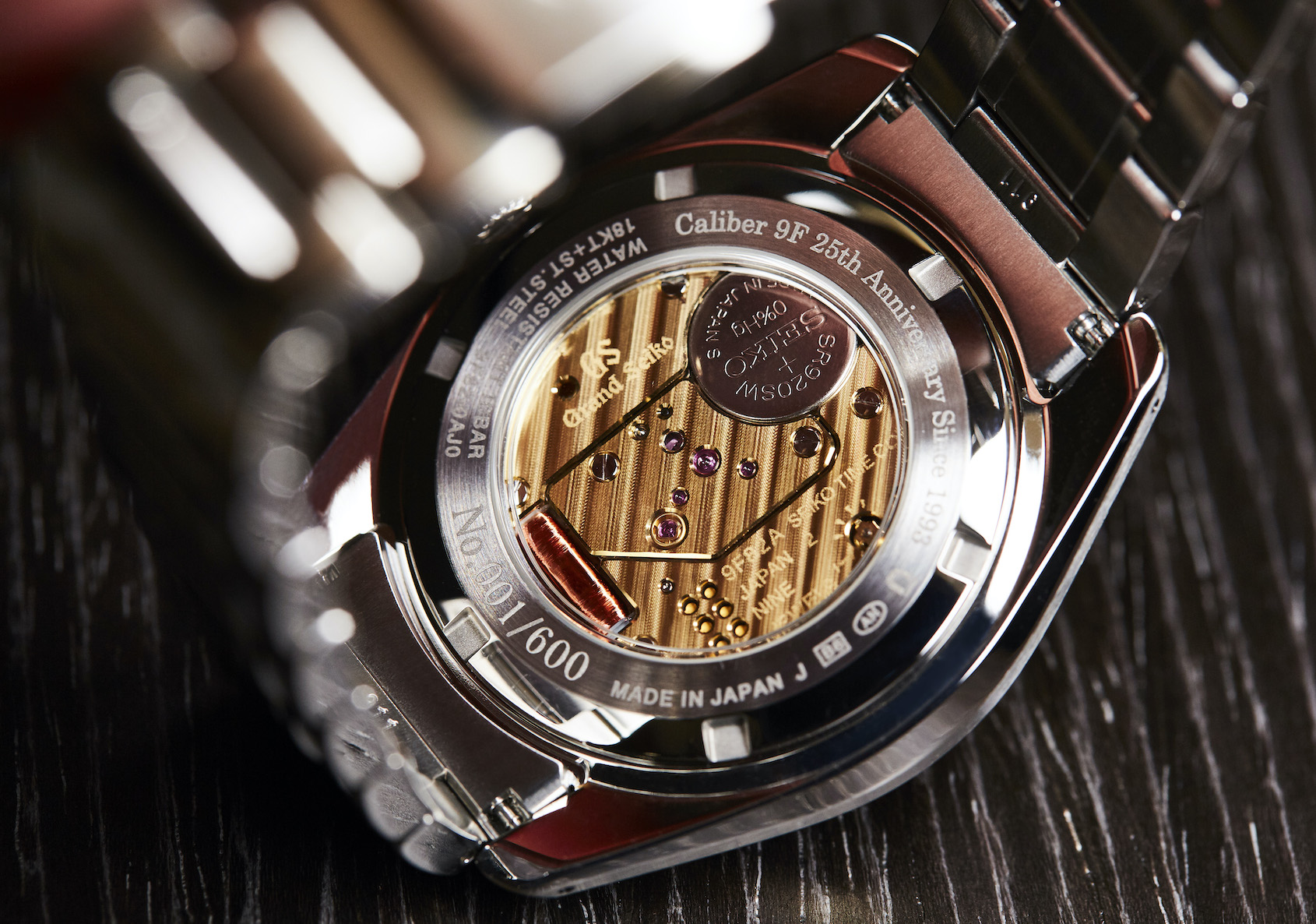Quartz, the killer – A history of quartz watches, Part 1
Nick KenyonThe development of quartz technology essentially removed the need for the Swiss mechanical watchmaking industry. And yet, both the Swiss and quartz watches are still around. More than that, they’re sharing the bed. And getting more adventurous.
Half a century ago, a watch was released that was powered by a battery, and cost the equivalent of a family car. The Seiko Astron spelled the dawn of a new age in watchmaking, one that was moving the industry out of the hands of the solitary craftsman and onto the factory floor.
In any industry that has operated the same way for generations, abrupt changes in technology always have winners and losers. While the Swiss and Japanese watch industries were neck and neck in their development of quartz technology towards the end of the 1960s, Seiko was the first to market with their Astron. Regardless of which team you were rooting for, it was a turning point in the history of timekeeping: “the single most important development of the 20th century in horology”, according to renowned collector and author James Dowling.
Over the following decades, it would plunge the Swiss watch industry into turmoil. The automated global marketplace forced many companies involved in Swiss watchmaking to close their doors, with many never to reopen.
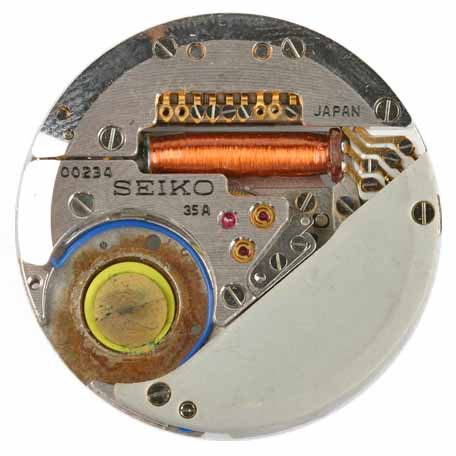
Fast forward to the turn of the 21st century and, for many in watchmaking and collecting circles, the word “quartz” still left a sour taste in the mouth. It connoted cheapness and convenience. Automated processes and mass-made consumables. And, most odorously, disrespect to the rich tradition of well-made things. While the bulk of the challenges created by the quartz crisis had been overcome by the year 2000 – mechanical watches had been successfully repositioned as luxury items thanks to key players like Jean-Claude Biver, who comments on quartz later – the technology was both a reminder of the days of gloomy uncertainty and far inferior in terms of its quality and craftsmanship.
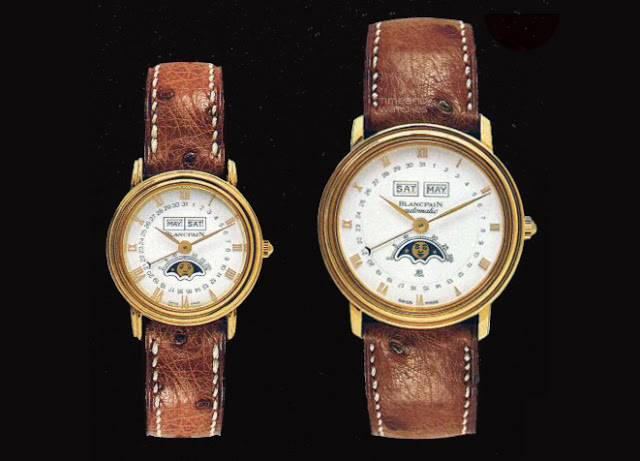
Time can be a great healer. And now, 50 years later, household Swiss names like Longines are actually investing their R&D francs in improving their quartz technology. At SIHH 2019, a pillar of Cartier’s collection was the quartz Santos-Dumont. Another example was seen at Baselworld 2019, with the Citizen 0100, a solar-powered quartz watch accurate to ± 1 second per year that left slack jaws around the world. While mechanical movements are still King in the Land of the Luxury Watch, the exile of quartz is approaching its end.
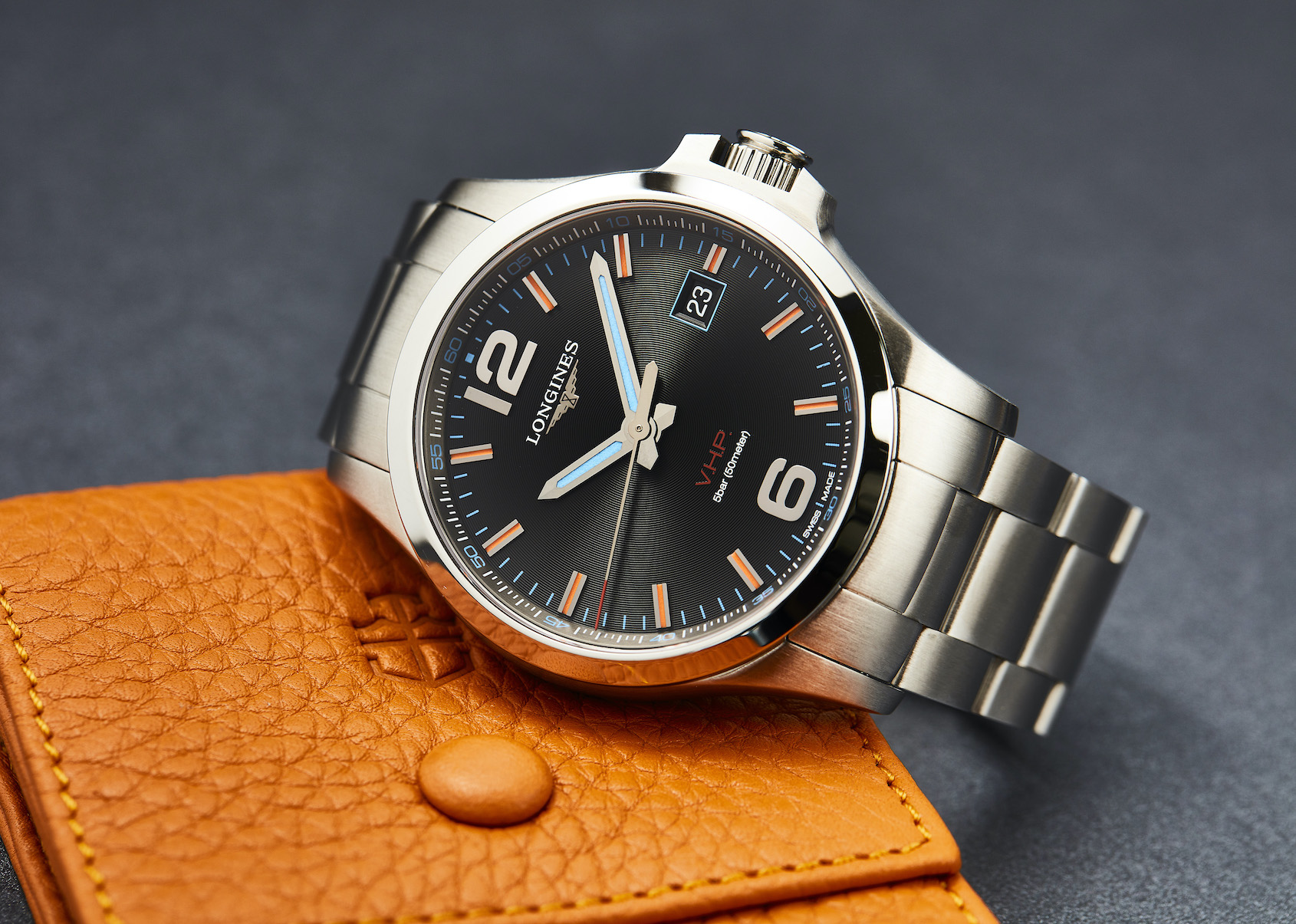
To properly appreciate why the advent of quartz technology was such a seismic shift in watchmaking, in terms of it essentially ending the quest for accuracy, it helps to understand just how it works.
A quartz crystal is useful in watchmaking thanks to its piezoelectric qualities, which means, in simple terms, that it vibrates if a current is run through it. Therefore, if a current was run through a quartz crystal it would vibrate at a frequency, which if counted by an electric circuit, can be used to measure much more accurate time than the oscillations of a hairspring.
French scientist Pierre Curie (better known for his work with his wife Marie on the discovery of the X-ray) first observed piezoelectricity in 1880, but it wasn’t until almost half a century later that it was first seen in timekeeping. In 1927 the engineer Warren Marrison built the first clock regulated with a quartz crystal, which was the most accurate clock ever made. While this was an exciting development for the laboratories and astronomical observatories that started using these clocks, they took up the space of a small room, so were of little immediate interest to watchmakers.

The two challenges that needed to be overcome to create a quartz watch were the need to miniaturise the mechanism, as well as develop a battery both small and powerful enough to power the watch. It was the American firm Hamilton who crossed the first hurdle in 1957 when they released the first battery-powered watch, the Hamilton 500.
The Hamilton 500 didn’t use quartz in its movement however, instead simply replacing the mainspring with a battery as the power source. Only a few short years later, in 1960, further improvements were found in the Bulova Accutron, which disposed of the balance wheel in place of a metal tuning fork.
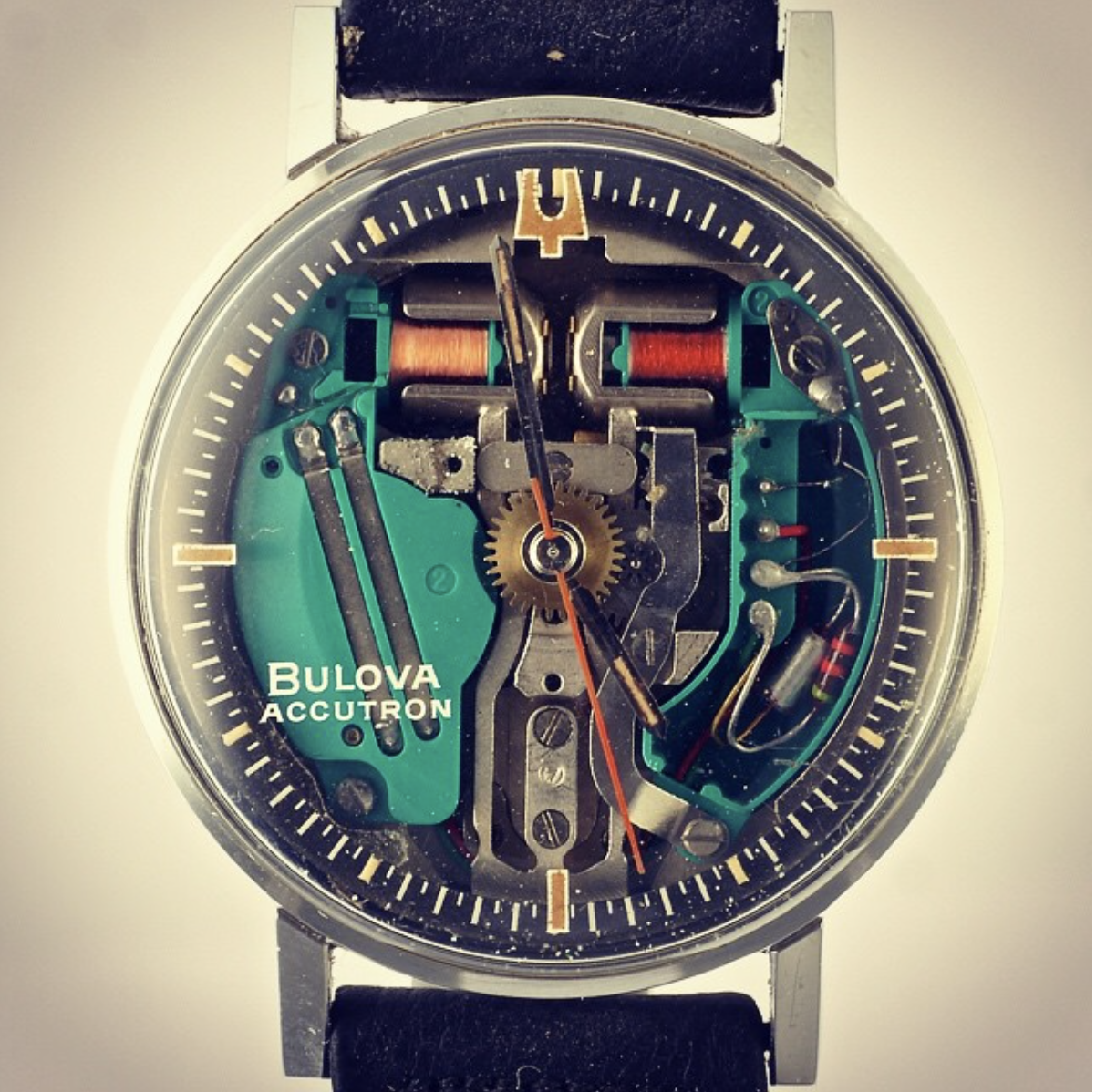
Across the Pacific Ocean from the American watchmakers Hamilton and Bulova, Seiko was working harder than ever on their own battery-powered quartz watches, as were the Swiss with their specialist division, the Centre Electronique Horloger.
Stay tuned for the second part of Quartz, the killer which will be published tomorrow at the same time.




